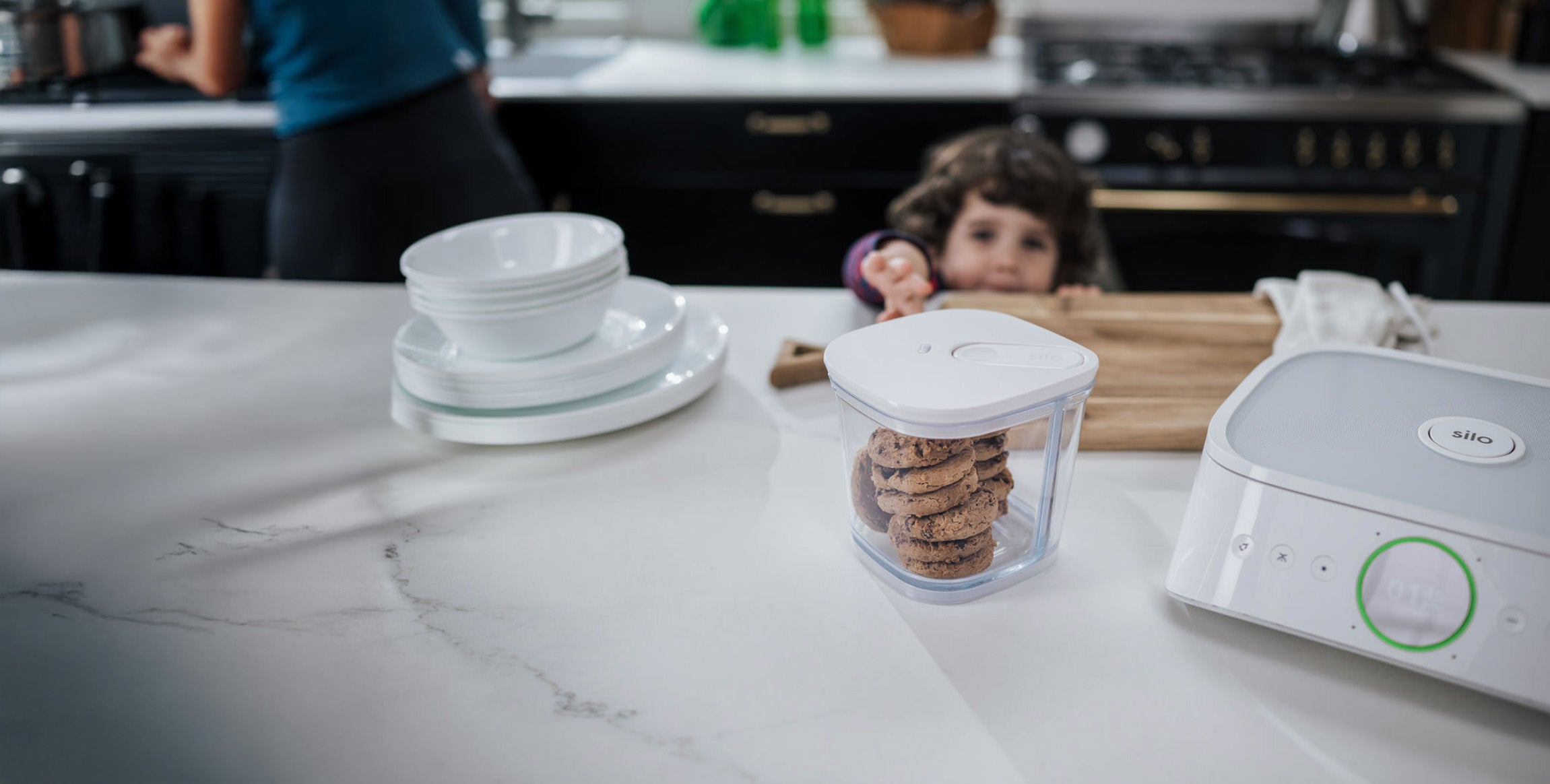How Long Your Food Actually Lasts
Shelf Life Decoded: How Long Your Food Actually Lasts
You open the fridge, see some berries, half a block of cheese, maybe a carton of leftovers from earlier in the week, and you wonder — is any of this still good?
It’s a question that shows up in every kitchen, often more than once a day. But most people don’t actually know how long foods are supposed to last, or how to tell if something has crossed the line from safe to sketchy. Some throw things out too soon just to be safe. Others keep foods too long, hoping to avoid waste, only to find something fuzzy or leaking at the back of the shelf.
This post is here to help you move from guessing to knowing. You’ll get clear, average shelf life ranges for everyday foods, tips for spotting trouble before it starts, and some simple habits that will help your groceries last longer without turning your fridge into a science experiment.
Let’s start with the dates printed on the package and why they’re often misunderstood.
What “Sell By” and “Best By” Really Mean
Most food packaging includes a date, but that number often causes more confusion than clarity. Here’s what those labels actually mean, according to the FDA and USDA:
Sell By is intended for store staff, not shoppers. It tells retailers when to stop displaying the product. Foods with a sell-by date, like milk or eggs, are usually still good for days beyond that point if stored properly.
USDA Food Labeling Guide
Best By or Best if Used By is about peak quality, not safety. It tells you when the product will taste its best, according to the manufacturer. If you eat something a few days or weeks after the best-by date and it smells, looks, and tastes normal, it’s probably fine.
Use By is the last date the manufacturer recommends for peak freshness. Again, it’s not a hard safety cutoff except for infant formula, which does have a regulated expiration date.
Bottom line: these labels are guidance for quality, not red lights for safety. The USDA has stated clearly that confusion over date labels leads many people to throw away perfectly good food. Your eyes, nose, and common sense are usually more accurate than the ink on the package.
FDA Food Loss and Waste
How Long Common Foods Last
Every fridge is different. Storage conditions, food type, and how quickly you chilled it after cooking all play a role. But these are general rules of thumb based on proper refrigeration and handling. If your food has been sitting out, stored uncovered, or looks or smells wrong, these numbers don’t apply.
Cooked Meat and Poultry
3 to 4 days in the fridge. After that, bacteria levels rise quickly. If you’re not going to eat it in time, freeze it. Most cooked meats will stay good for 2 to 3 months in the freezer.
USDA
Fresh Berries
3 to 7 days, depending on the type. Strawberries and blueberries last up to a week. Raspberries and blackberries are more delicate and often spoil within 2 to 3 days. Keep them dry and unwashed until you’re ready to eat them. Moisture speeds up mold.
Cheese
Hard cheeses like cheddar or Swiss can last 3 to 4 weeks after opening. If you spot mold on a hard cheese, cut it off with a margin and continue using the rest. Soft cheeses like brie, mozzarella, or cream cheese spoil faster and should be used within about 1 week of opening. Sliced or shredded cheese molds sooner due to more surface area.
Healthline
Fresh Herbs
Soft herbs like parsley, cilantro, and basil keep for about 5 to 7 days. Basil prefers room temperature and turns black in the fridge. Hard herbs like rosemary or thyme may last up to two weeks. For all herbs, avoid washing them before storage and trim the stems if possible. A jar of water with a loose plastic bag over the top helps them last longer.
Canada's Food Guide
Leafy Greens and Lettuce
Most salad greens last 5 to 7 days. Delicate mixes like arugula may spoil in 3 to 5 days. Romaine and sturdier lettuces tend to last a bit longer. Remove damaged leaves, store unwashed with a paper towel in a sealed container or bag, and keep them dry.
National CACFP
Bread
5 to 7 days at room temperature for most loaves. Refrigeration can prevent mold but will make bread go stale faster. For longer storage, freeze it. Frozen bread lasts 3 months or more and toasts beautifully. If mold appears, even one spot, discard the entire loaf. Mold roots can spread invisibly.
AllRecipes
These timelines are just that: timelines. They are not guarantees. Use them as a baseline and combine them with your senses to make the best call.
How to Make Food Last Longer
There’s no way to pause time, but smart storage can help you slow it down. A few small habits make a big difference.
Store food promptly. Don’t let leftovers sit out. Refrigerate within two hours of cooking.
Check that your fridge stays below 40°F.
Use clean utensils and containers to avoid cross-contamination.
Label your food. A date scribbled on tape is often enough.
Dry produce before storing. Add paper towels to salad bags to absorb moisture.
Do a weekly fridge scan to catch aging items before they spoil.
And when you're ready to take it a step further, vacuum sealing can extend shelf life dramatically. Foods that mold quickly like berries or bread, or leftovers that dry out in the fridge, benefit the most. Silo makes this process easy with a one-touch seal and automatic tracking.
You place the container. You press gently. The air is removed. Silo logs what’s inside and keeps track of how long it should last. It can even remind you to eat what’s still fresh before it’s too late.
But whether you’re vacuum-sealing or not, the real goal is simple. Store your food well, check it often, and give yourself the best chance to use what you bought.
Final Thought
Shelf life is not a hard rule. It’s a combination of timing, observation, and care. Know the general ranges, trust your senses, and don’t wait too long to eat what you’ve already brought home.
Your fridge should not feel like a guessing game. With a few changes and the right tools, it can become one of the most thoughtful, efficient spaces in your kitchen — a place where your food lasts, and your meals are just a little easier to plan.
Sources used in this article:



